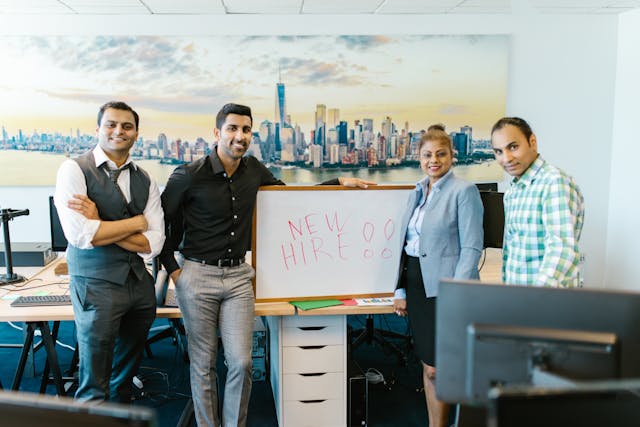When was the last time you were truly happy working?
Not the “I-have-to-show-up-because-I-have-no-choice” kind of happy…
But the “I’m-glad-I’m-here” kind.
The kind where you wake up without dragging your feet, and want to show up, not just physically, but mentally and emotionally too.
In a world where productivity and performance often come first, mental health can easily take the backseat.
We chase deadlines.
We show results.
We check things off our to-do list.
But somewhere along the way, we forget to check in with the most important person, and that is, ourselves.
Am I still growing here?
Am I still aligned with this work?
Or am I just staying because I need the money?
Life is tough, and we all need to survive. But we’re not machines.
We are humans with purpose, with creativity, and with dreams that go beyond tasks and productivity scores.
And this is where mental health needs to enter the conversation.
Not as a trend.
Not as a checkbox.
But as a real need in every workplace.
Because when people stop feeling joy in what they do, it doesn’t just affect them, but it affects the entire organization. From culture to performance, to long-term sustainability. It’s all connected.
So if you’re reading this and you haven’t checked in with yourself lately, maybe it’s time to ask:
- Am I fulfilled with what I’m doing?
- Do I still feel like I’m part of something meaningful?
- Or am I just clocking in and out with no sense of purpose?
And for the leaders, the managers, and the decision-makers…
This is your reminder, too.
You don’t just need high-performing employees.
You need people who feel seen, heard, and valued.
And to make that happen, mental health should be part of your overall strategic human resource management approach, not an afterthought.
It’s not just about filling seats. It’s about building a team that feels whole, not just productive.
This is also where having the right systems in place matters.
A well-designed talent management system can help leaders identify not just who’s performing, but who’s burning out.
A human-centered recruitment management system doesn’t just find candidates, but it finds people who align with your values, your mission, and your culture.
And rethinking your hiring process steps to be more mindful and human?
That’s where transformation begins.
Because in the end, people stay where they feel safe emotionally, mentally, and creatively.
Conclusion
This is not just about hitting targets or checking off tasks, it’s about how we feel while doing it. Mental health isn’t a luxury in the workplace; it’s a necessity. When people feel seen, supported, and genuinely aligned with what they do, it reflects in everything, from the team culture to the output and even the way we treat each other. It’s time to normalize conversations about emotional well-being and how it impacts not only individual performance but also long-term growth.
So if you’re a business owner, a team leader, or someone just trying to survive another work week, maybe take this as a gentle reminder: you’re allowed to reflect, to pause, and to ask, “Am I still okay?” Because you deserve more than just surviving your 9 to 5, and you deserve to feel alive in it. Let’s create spaces that don’t just run on systems like strategic human resource management or talent management systems, but also run on empathy, purpose, and people who genuinely feel valued.






Leave a Reply